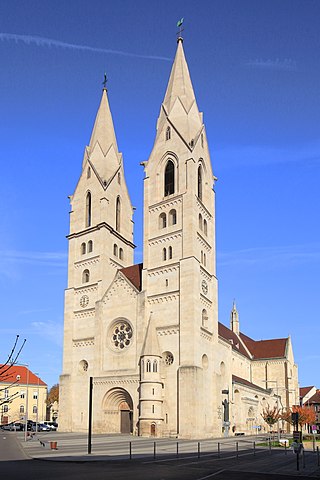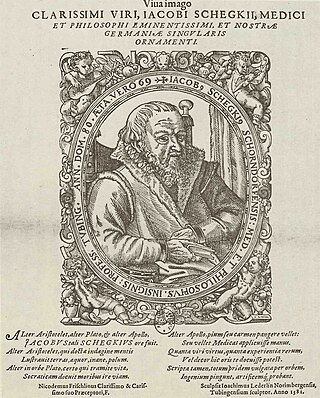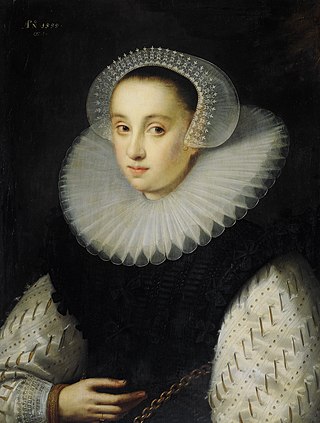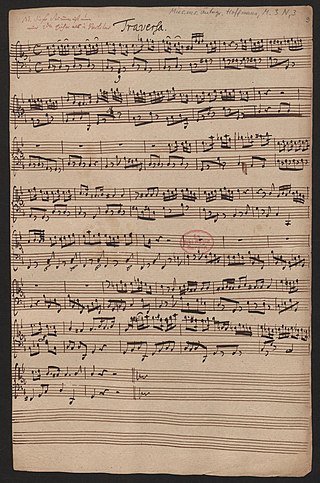Related Research Articles

Georg Fabricius was a Protestant German poet, historian and archaeologist who wrote in Latin during the German Renaissance.

Pierre Belon (1517–1564) was a French traveller, naturalist, writer and diplomat. Like many others of the Renaissance period, he studied and wrote on a range of topics including ichthyology, ornithology, botany, comparative anatomy, architecture and Egyptology. He is sometimes known as Pierre Belon du Mans, or, in the Latin in which his works appeared, as Petrus Bellonius Cenomanus. The Russian physiologist Ivan Pavlov called him the "prophet of comparative anatomy".

Thomas Erastus was a Swiss physician and Calvinist theologian. He wrote 100 theses in which he argued that the sins committed by Christians should be punished by the State, and that the Church should not withhold sacraments as a form of punishment. They were published in 1589, after his death, with the title Explicatio gravissimae quaestionis. His name was later applied to Erastianism.

Cuthbert Scott was a Catholic academic at the University of Cambridge and Bishop of Chester.
Mikołaj Sienicki of Bończa was a member of the nobility of the Kingdom of Poland. He held the office of chamberlain of the land of Chełm and was a notable politician of his period. Considered one of the best Polish political orators, he also held the title of marshal of the Sejm nine times. A Protestant, near the end of his life he became a member of the Polish Brethren and one of the major initiators of, and contributors to the Warsaw Confederation, which introduced new laws of religious tolerance in the Polish–Lithuanian Commonwealth, on a scale unimaginable in contemporary Europe.

The former Roman Catholic Diocese of Wiener Neustadt in Lower Austria existed from 1469 to 1785. In 1990, it was re-established as a titular see which is held by the bishop for the Military Services in Austria.

John Casimir of Saxe-Coburg was the Duke of Saxe-Coburg. He was a descendant of the Ernestine branch of the House of Wettin. Under his rule, the town of Coburg prospered and many Renaissance buildings were erected that still remain today.

John May (Meye) was an English academic and churchman, who became Bishop of Carlisle. He also served the House of De Vere as cleric in Buckinghamshire.

Johann Melchior Goeze was a Lutheran pastor and theologian during the period of Late Orthodoxy. From 1760 to 1770 he served as senior of Hamburg presiding as spiritual leader over the Lutheran state church of the city-state.

Jakob Schegk was a polymath German Aristotelian philosopher and academic physician.

Gortzius Geldorp (1553–1618) was a Flemish Renaissance artist who was active in Germany where he distinguished himself through his portrait paintings.

Margaret of Anhalt was a member of the House of Ascania and was a princess of Anhalt by birth and by marriage Duchess of Saxony.

Paul Luther was a German physician, medical chemist, and alchemist. He was the third son of the German Protestant Reformer Martin Luther and was successively physician to John Frederick II, Duke of Saxony; Joachim II Hector, Elector of Brandenburg; Augustus, Elector of Saxony and his successor Christian I, Elector of Saxony. He taught alchemy to Anne of Denmark.

George I of Württemberg-Montbéliard, nicknamed "the Cautious" was a son of Henry of Württemberg and his second wife, the Countess Eva of Salm.

Melchior Zobel von Giebelstadt (1502–1558) was the Prince-Bishop of Würzburg from 1544 to 1558.

Jean de Tournes (1504–1564) was a French printer, book publisher and bookseller, and the founder of a long-lasting family printing business. From 1559 he was the imprimeur du Roi, printer to the French king.
Melchior Teschner was a German cantor, composer and theologian.

Gaspar Schetz (1513–1580), Lord of Grobbendonk, Hereditary Marshal of Brabant was a financier and statesman in the Habsburg Netherlands. For reasons that are unknown he was nicknamed "Corvinus".

Melchior Tavernier was a French engraver, printmaker and print publisher.

The Magnificat in A minor, BWV Anh. 21, TWV 1:1748, is Melchior Hoffmann's musical setting of a German version of the Song of Mary from the Gospel of Luke. The composition originated around 1707, when the composer was director musices and organist of the Neue Kirche in Leipzig. Composed in A minor, the Magnificat is scored for soprano and small orchestra. The work was first published in the 1950s, and it was recorded by Magda László, by Joshua Rifkin, by Wolfgang Helbich, and by Deborah York, among others.
References
- 1 2 "Melchior Heger". Bach Cantatas. Retrieved 10 February 2014.
- ↑ Youens, Laura (1984-01-01). Selected Introits from Leipzig 49/50: -1558 (in Italian). A-R Editions, Inc. ISBN 978-0-89579-195-5.